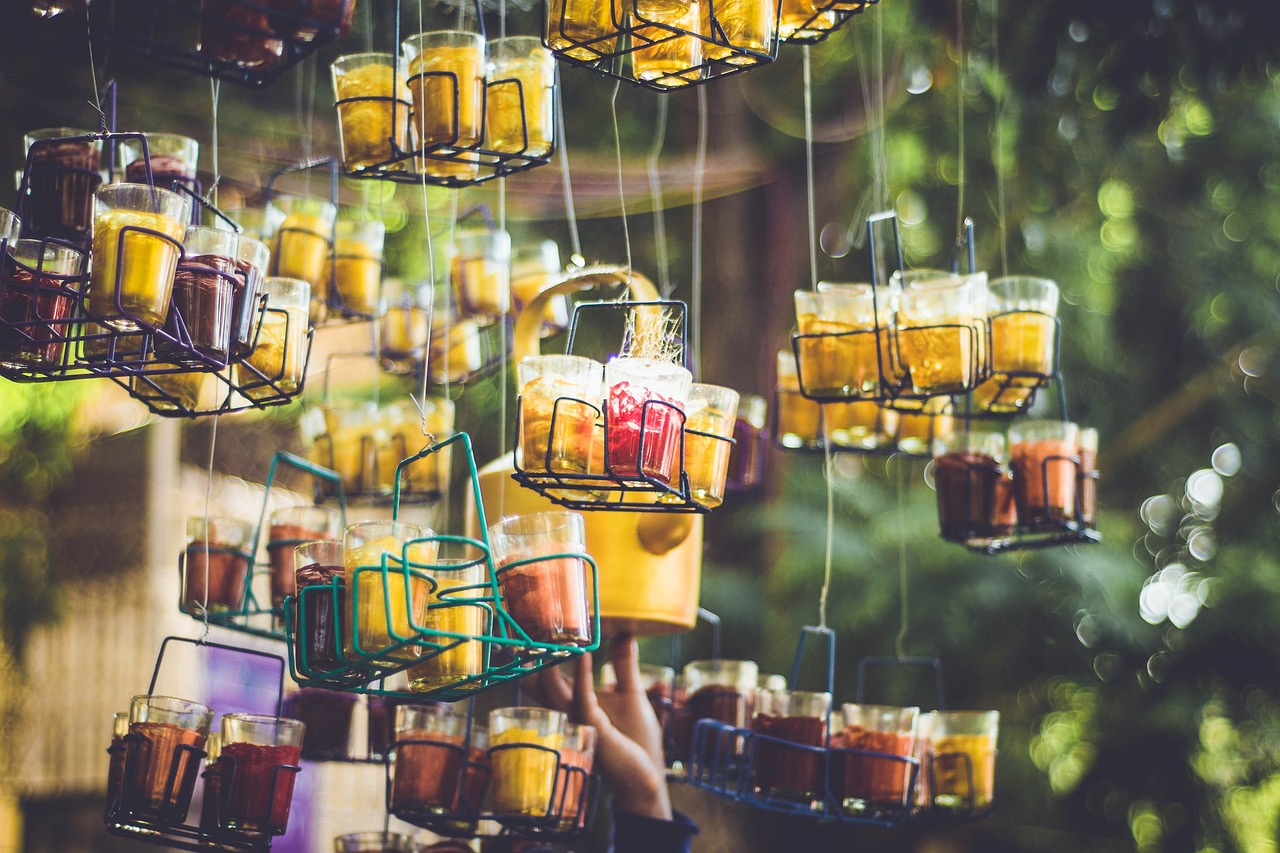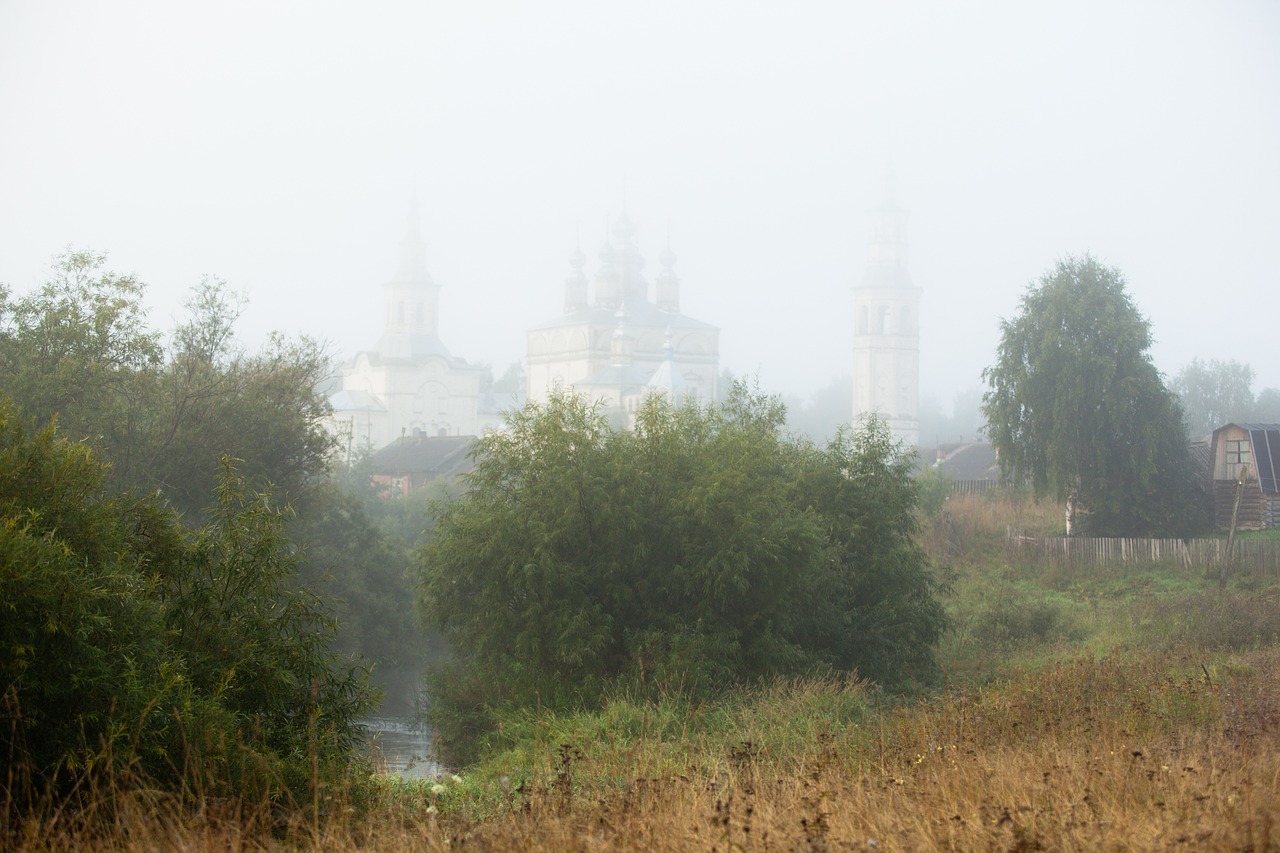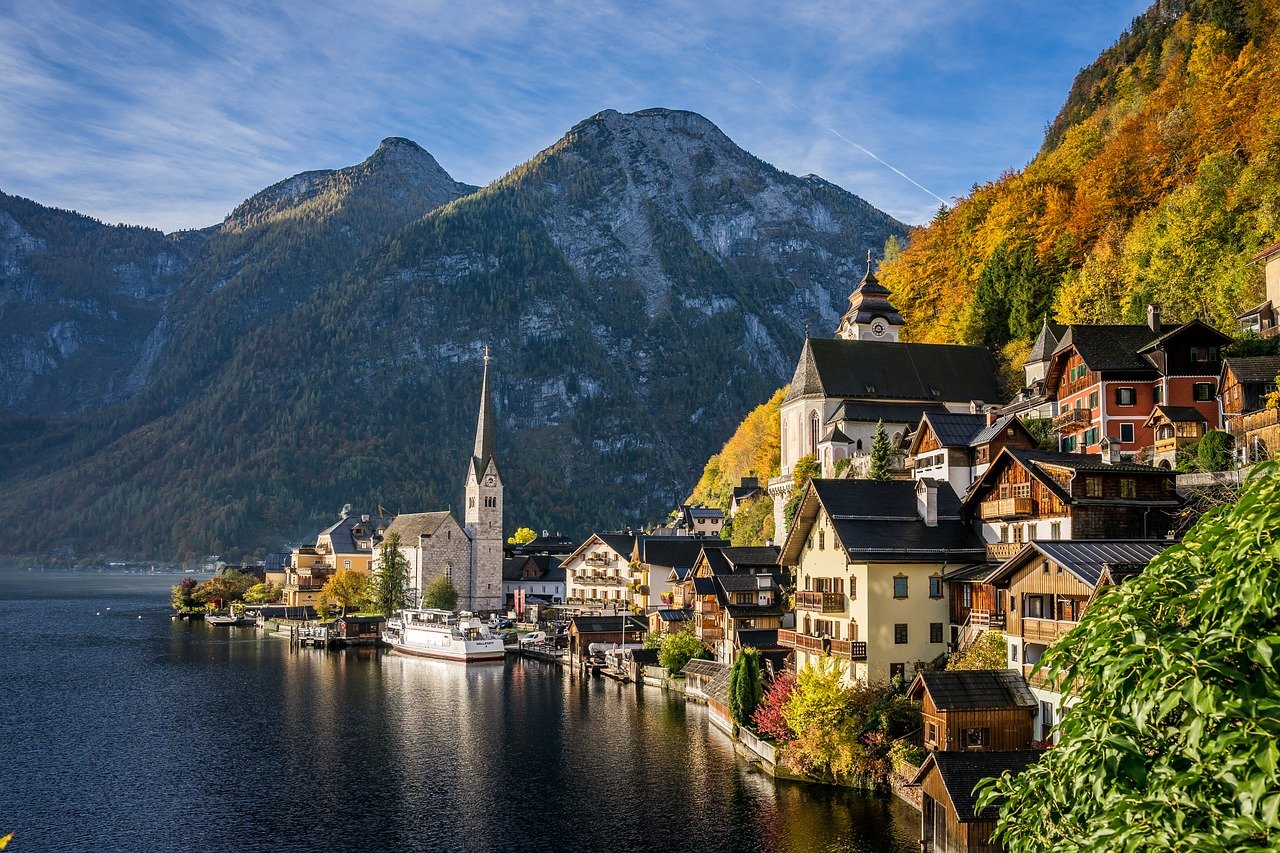Did you know that Laos is one of the few remaining communist states in the world, maintaining a distinct identity shaped by its history, geography, and cultural diversity? This landlocked country, known for its stunning natural landscapes and ancient traditions, offers a rich tapestry of experiences waiting to be explored.
Historical Background of Laos
The Origins and Early History
The history of Laos dates back to the 14th century with the establishment of the Lan Xang kingdom, meaning “Land of a Million Elephants.” This powerful kingdom thrived for several centuries, becoming a cultural and political hub in Southeast Asia. The Lan Xang dynasty unified various ethnic groups, promoting a unique blend of Lao culture, language, and religion, primarily Theravada Buddhism, which remains influential today.
Colonial Influence and Independence
In the late 19th century, Laos fell under French colonial rule, joining the French Indochinese Union. This era brought about significant changes, such as the introduction of infrastructure and educational systems. However, the colonial period also stifled local governance and fueled nationalist sentiments. Laos gained independence in 1953 after years of struggle, transitioning into a constitutional monarchy, which was eventually replaced by a communist regime in 1975.
Current Trends and Statistics in Laos
Economic Development
As of 2023, Laos is experiencing steady economic growth, largely driven by hydropower, mining, and agriculture. The government reports an annual GDP growth rate of around 6-7%. However, challenges remain, such as high public debt and the need for diversification. Investments in infrastructure projects are shaping the economic landscape, with increasing foreign direct investment focusing on sectors like tourism and manufacturing.
Demographics and Cultural Diversity
Laos boasts a diverse population of approximately 7 million people, with over 49 ethnic groups contributing to its rich cultural tapestry. The largest ethnic group is the Lao Loum, residing mainly in the lowland areas, while the Lao Theung and Lao Sung inhabit the mountainous regions. This ethnic diversity influences social dynamics, traditions, and even cuisine, making Laos a culturally complex nation.
Practical Advice for Travelers to Laos
Visa and Entry Requirements
Traveling to Laos is relatively straightforward, with several visa options available for tourists. Most nationalities can obtain a visa on arrival for stays of up to 30 days. It is essential to have a valid passport with at least six months’ validity. Before your trip, it’s advisable to check the latest travel advisories and requirements as they may change based on global situations.
Cultural Etiquette and Local Customs
Understanding local customs is crucial when visiting Laos. Dress modestly, especially when visiting temples, and always ask permission before taking photographs of people. The traditional greeting, known as the ‘nop,’ involves placing your hands together in a prayer position while bowing slightly. Embracing local customs will enrich your travel experience and foster goodwill with the Laotian people.
Future Predictions for Laos
Innovations in Sustainable Tourism
With the rise of eco-conscious travel, Laos is positioning itself as a sustainable tourism destination. Initiatives are emerging to promote eco-friendly practices and protect natural resources. The government, in collaboration with international organizations, aims to develop sustainable tourism strategies that showcase Laos’s natural beauty while preserving its cultural heritage.
Economic Diversification and Growth Opportunities
As Laos continues to develop, there is a strong push for economic diversification beyond traditional sectors. The promotion of technology startups and the digital economy shows promise for the country’s future. With investments in education and tech infrastructure, Laos could see a thriving innovation ecosystem that includes e-commerce, digital services, and green technologies in the coming years.
Final Thoughts on Loaon
Loaon represents a significant evolution in the understanding of unique cultural and historical narratives. Its rich traditions and the community’s commitment to preservation make it a vital example of heritage that continues to resonate today. Engaging with Loaon is not just about discovering a distant past; it’s about appreciating the ongoing journey of its people and their collective identity.
Further Reading and Resources
1. “Understanding Loaon: A Cultural Narrative” – This book offers an in-depth analysis of the traditions and cultural practices of Loaon, providing valuable insights for anyone interested in anthropology and cultural studies.
2. “The History of Loaon: A Timeline” – An informative resource that outlines significant events and milestones in the history of Loaon, serving as a great reference for history enthusiasts.
3. “Culinary Heritage of Loaon” – This online article explores the traditional dishes of Loaon, revealing the flavors and cooking techniques that define its cuisine, a must-read for food lovers.
4. “Local Festivals of Loaon: A Closer Look” – A detailed exploration of the various festivals celebrated in Loaon, showcasing the vibrant culture and community spirit that continues to thrive.
5. “Documentaries on Loaon” – A collection of documentary films available online that visually narrate the life and culture of Loaon, offering viewers a captivating glimpse into its beauty and complexity.







답글 남기기